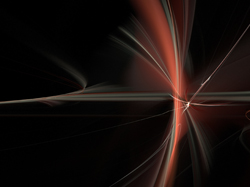There’s more than one way to find a cat
Non-classical states of light are those that can only be characterised using quantum mechanics. The non-classical so-called cat states are created by the superposition of two classically distinguishable states. Their name is derived from German physicist Erwin Schrodinger’s 1935 theory regarding a cat that is both alive and dead at the same time. The ‘Conditional measurements in quantum optics for application in quantum information’ (Quantmanip) project was designed to generate cat states and to implement a new method of their measurement based on photon subtraction and conditional measurement. Researchers supported by EU funding of the Quantmanip project developed a filtering system for photon subtraction, a photon detector and the analysis code to support the hardware. Specifically, a single photon was subtracted to a ‘squeezed’ state and the photon was then detected by a photon counter, heralding achievement of the cat state. Investigators designed the system to achieve the greatest selectivity and at the same time the greatest detection efficiency. The work on conditional measurement led naturally to investigations concerning the behaviour of quantum photon detectors in general. Thus, the project also resulted in the design and implementation of a pulsed light source and photon-detector system for which detailed characterisation of the photon detector was realised. Numerous conditions and experimental parameters were varied under controlled conditions, leading to explicit definition of the border between full-quantum and semi-classical operation of the device. Research on novel states of light and efficiency in single photon detection has widespread application, including ensuring secure communications channels as well as boosting Internet bandwidth and enhancing computer speed. The Quantmanip project succeeded in adding one more piece to the puzzle of quantum optics.



